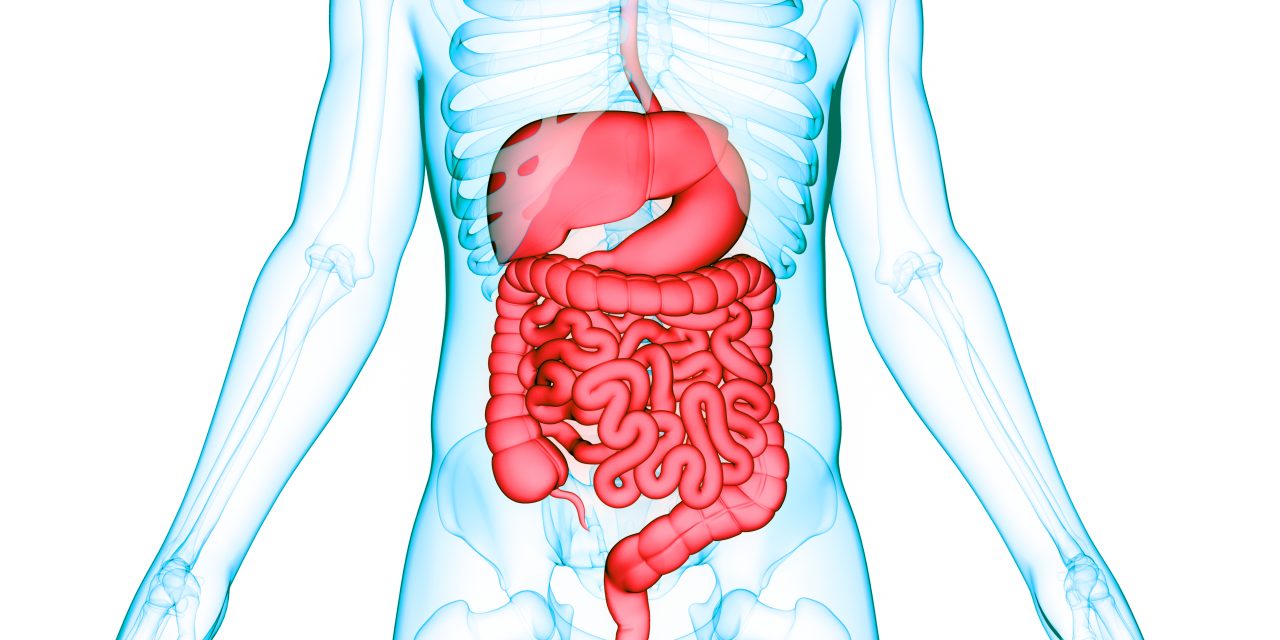This study aimed to evaluate the in vitro protective effect of topical treatment with a native sulfated polysaccharide of G. caudata (SP-Gc), hydrolyzed (H-SP-Gc), or desulfated (D-SP-Gc) polysaccharide of Gracilaria caudata in esophageal biopsies obtained from GERD patients. Biopsies were obtained from nonerosive reflux disease (NERD) patients and from erosive esophagitis patients. Then, the biopsies were mounted in an Ussing chamber to measure the basal transepithelial electrical resistance (TEER). The effect of mucosal exposure to an acid solution on TEER was analyzed with or without different concentrations (1, 0.3 or 1%) of SP-Gc, H-SP-Gc, or D-SP-Gc, precoated on the mucosa. Basal esophageal mucosal electrical resistance was significantly lower in erosive esophagitis than from NERD. Mucosal samples precoated with native SP-Gc (1%) significantly prevented TEER drop induced by an acidic solution in NERD, but this effect was not observed in erosive esophagitis. Topical application of D-SP-Gc showed no difference compared to native SP-Gc. However, when treated with chemically-modified SP-Gc, the protective effect observed with native SP-Gc was lost. The present study indicated that SP-Gc protects the human esophageal mucosal barrier in NERD patients. This effect is dependent on the structure but is independent of the presence of sulfate.Copyright © 2020. Published by Elsevier B.V.
Polysaccharide from Gracilaria caudata protects the human esophageal mucosal barrier: A differential topical effect and structural dependence.


